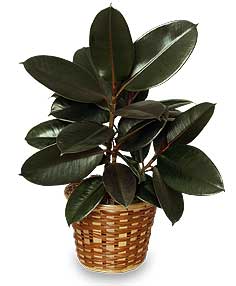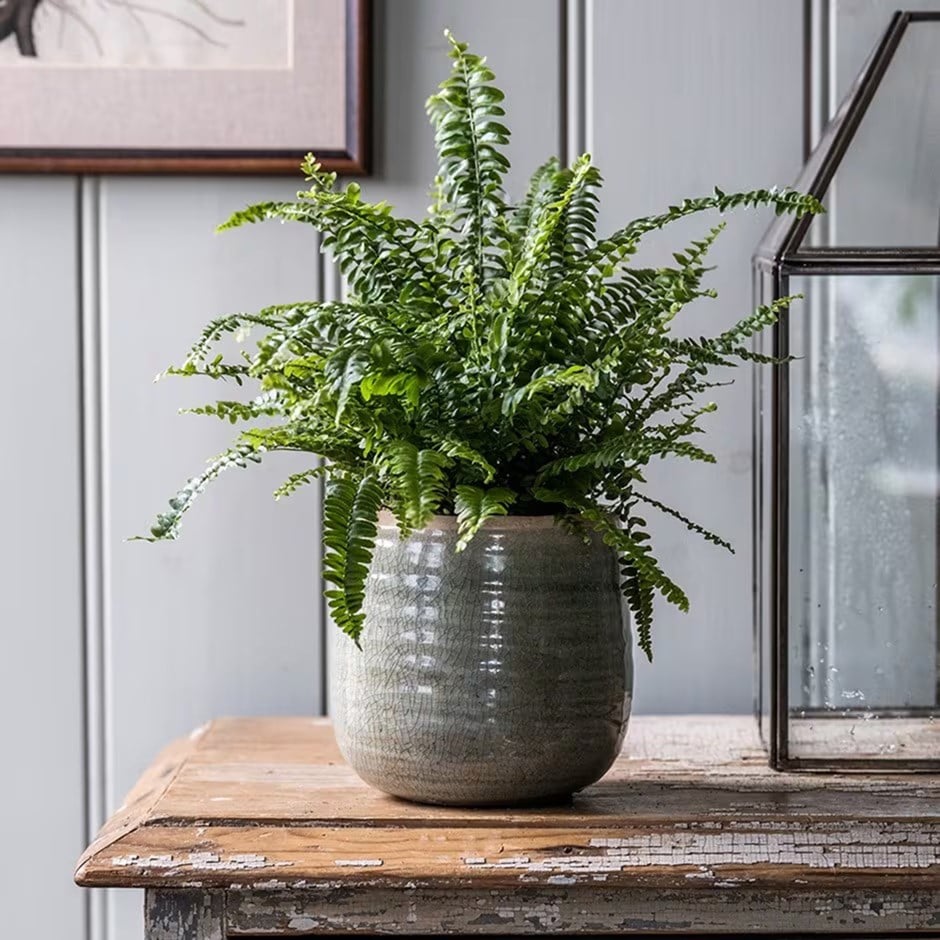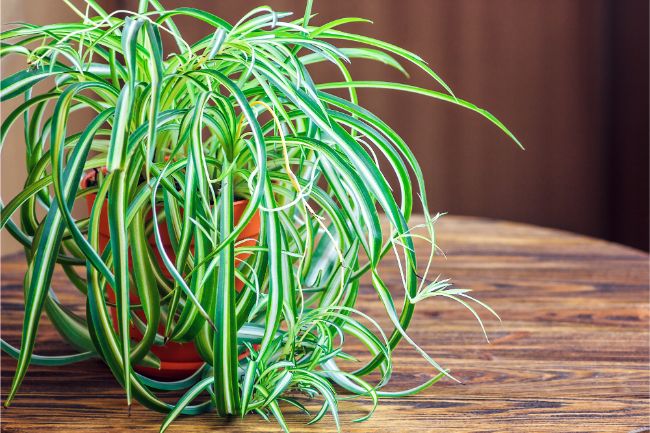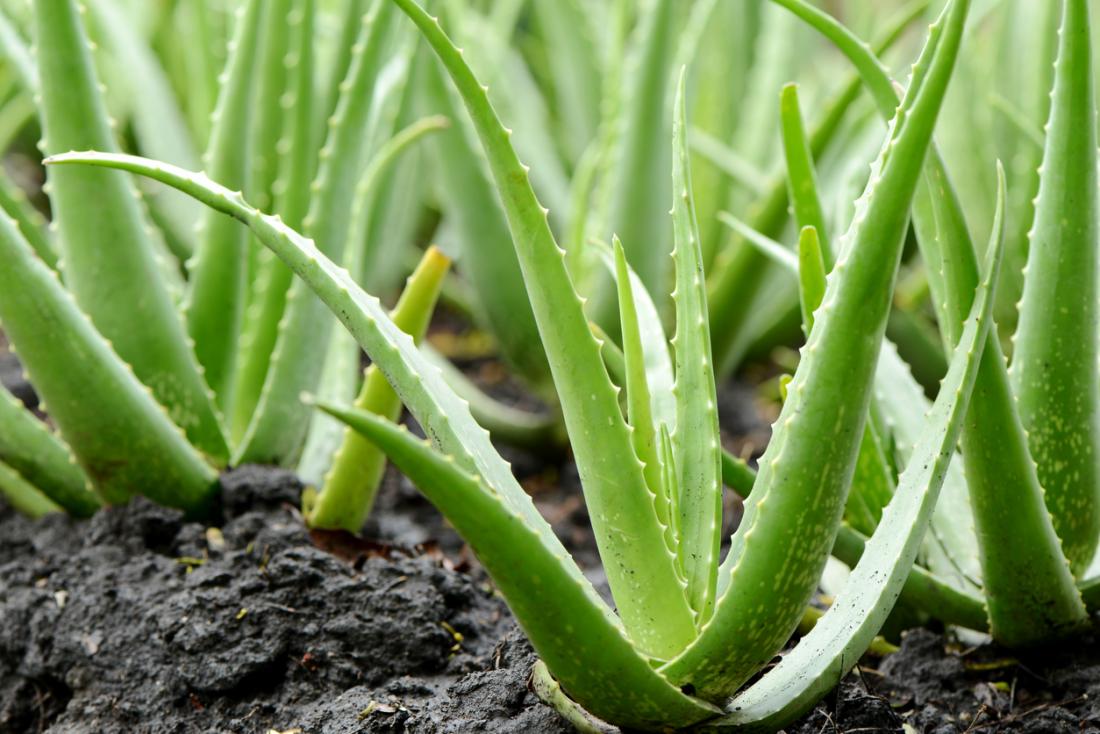Feeling Peace? These humble houseplants can improve indoor air quality, and brighten your mood while they're at it.
Common indoor plants may provide a valuable weapon in the fight against rising levels of indoor air pollution.
Back in 1989,NASA released its now-famous study that showed that certain houseplants could clean indoor air by removing airborne chemicals and sequestering them in the soil. But why did they conduct that study to begin with? It was, according to their scientists, “a promising, economical solution to indoor air pollution.” (Houseplants, coincidentally, soared in popularity.)

In the 1970s, America found itself in the middle of an energy crisis. To combat it, the government began imposing building regulations to make new construction more energy-efficient. One side effect was that all this new air-tight construction was keeping out fresh air, and trapping in all the chemicals upon which our modern lives rely. Cleaning products, air conditioners, and volatile organic chemicals (VOCs) released by carpets and furniture (and printes and copy machines in offices) took their toll—people began reporting symptoms like headaches, dizziness, wheezing and other breathing trouble, and, notably, mental fatigue. The term “sick building syndrome” was coined to describe the phenomenon. Recent studies have also linked poor air quality with an increased risk of developing depression.
Luckily, these problems can be mitigated right in your own home and office. These common, easy-to-grow houseplants have been shown by actual rocket scientists to clean the air we breathe.
1. The Peace Maker
Peace Lily (Spathiphyllum)
Foliage : Lush, dark green oval leaves, and a reliable bloomer of white flowers that resemble calla lilies.
Plant : Low maintenance, hardy, and will let you know when it’s thirsty by drooping its leaves.
Light : Low light and cool temperatures.
Benefit : Cleans air by reducing toxic Volatile Organic Compounds (like ammonia) from harsh cleaning products. It also has a high transpiration rate that will humidify your air. Plus with a peaceful moniker, you can expect a serene vibe.
2.Tough Guy
Rubber Plant (Ficus elastica)
Foliage : Thick, leathery, and glossy dark green leaves.
Light : Indirect light and high humidity. Mist once a week.
Benefit : Major pollutants removed are formaldehyde and
xylene. Boston fern, like other air scrubbers, break down the
pollutants in the root’s system (like they would with nutrients)
and turn them into a useable form.
xylene. Boston fern, like other air scrubbers, break down the
pollutants in the root’s system (like they would with nutrients)
and turn them into a useable form.
Foliage: Clumps of long, curving leaves send out stems and
at their tips grow miniature "baby" plants that can be repotted
to make more. To protect these offspring, grow as a hanging
plant.
Plant: Resilient, easy to grow, and survives forgetful watering.
Light: Bright, indirect light, and rotate the pot every week
or so to encourage even growth.
Benefit: Effective at fighting pollutants including
benzene, formaldehyde, carbon monoxide and xylene. Its
relaxed nature also reduces stress.
8. Numero Uno
Foliage : Fast-growing climbing vine with dark green waxy
leaves.
Plant : Incredibly easy to grow and adaptable—try it as a
hanging plant.
Light : Medium direct sunlight (4 or more hours) plus
appreciates an occasional misting.
Benefit : NASA scientists listed this common weed as the
number one plant for clean air. Because it absorbs
formaldehyde like a pro and is proven to reduce airborne mold
by 94%, English ivy reduces fatigue and allergies.
9. The Healer
Aloe Vera
Foliage : Lightly speckled and spiny, fleshy leaves bursting
with a soothing gel.
Plant : An attractive 1-2 foot high succulent that is easy to
keep thriving with extremely fast-draining potting soil.
Light : Grow this medicinal plant in a sunny kitchen window for
quick use.
Benefit : Not only does the gel have healing properties, but
the plant can also monitor a home’s air quality. When
excessive amounts of harmful chemicals like benzene are
present, the plants’ leaves develop brown spots.
10. The Darling
Gerbera Daisy (Gerbera jamesonii)
Foliage: It’s all about the multi-petaled, vivid flower colors. Trim stalks to the base when flowers fade.
Plant: A surprisingly easy houseplant.Light: Six hours of direct sunlight every day.
Benefit: Besides being one of the most cheerful houseplants
from cleaning the air, it's great at removing trichloroethylene
(from some dry cleaning) and also good for filtering out
benzene (from some inks). The cheery flowers brighten
any mood.































Awesome
ReplyDeleteThank you
ReplyDelete